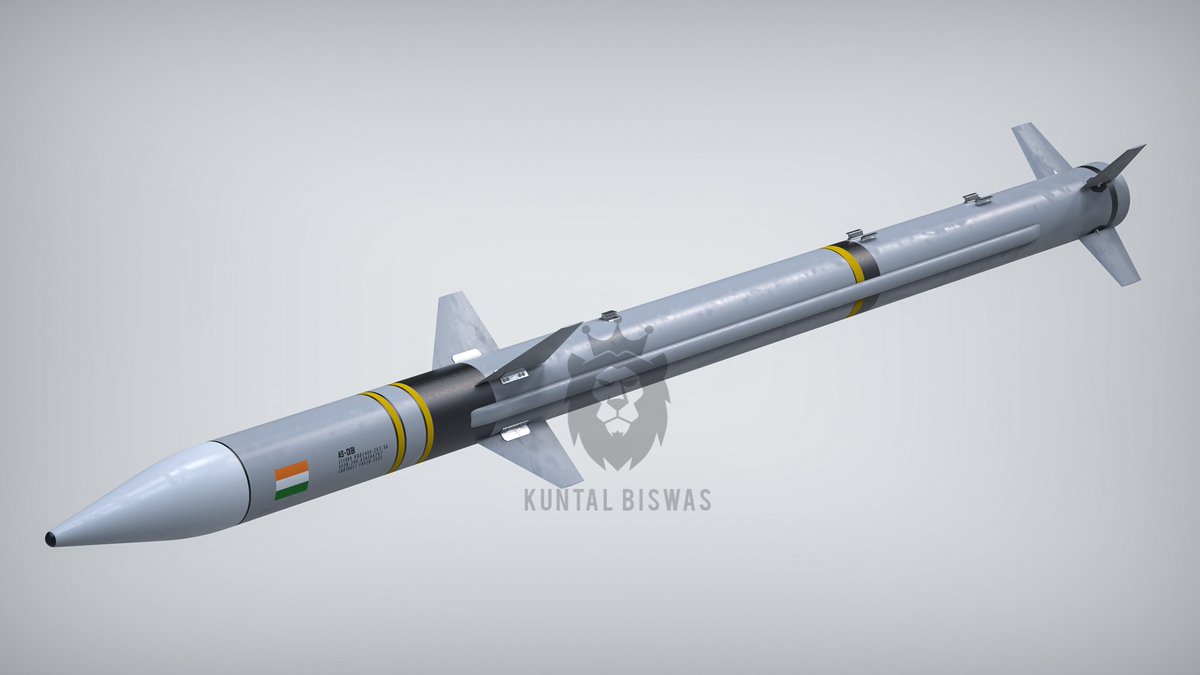If you are considering only pure straight line range from the highest altitude possible.Hmm, that makes sense. Any studies/explanations which show how dual-pulse rocket motor increases range significantly ?
-In single pulse the missile climbs to its highest possible altitude and accelerates to its highest velocity. Now despite the rocket motor burning there is no increase in velocity but no deceleration either. After the motor burns out the missile coasts to the ground.
- In dual pulse . The first pulse takes the missile to its highest altitude and velocity and burns out . It then coasts in the thin air until it start losing velocity + altitude. When the missile starts reaching a bit more denser air the 2nd pulse fires and takes the missile to the highest altitude again and finally coasts to the ground after the rocket motor burns out .. the flight profile in the 2nd case is more efficient.. it's like a car where you put max acceleration all the time will have bad mileage.
This is purely academic of couse since in its actual usage the objective is to have the missile have more energy to maneuver to its target



